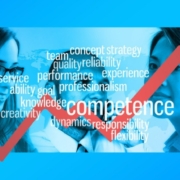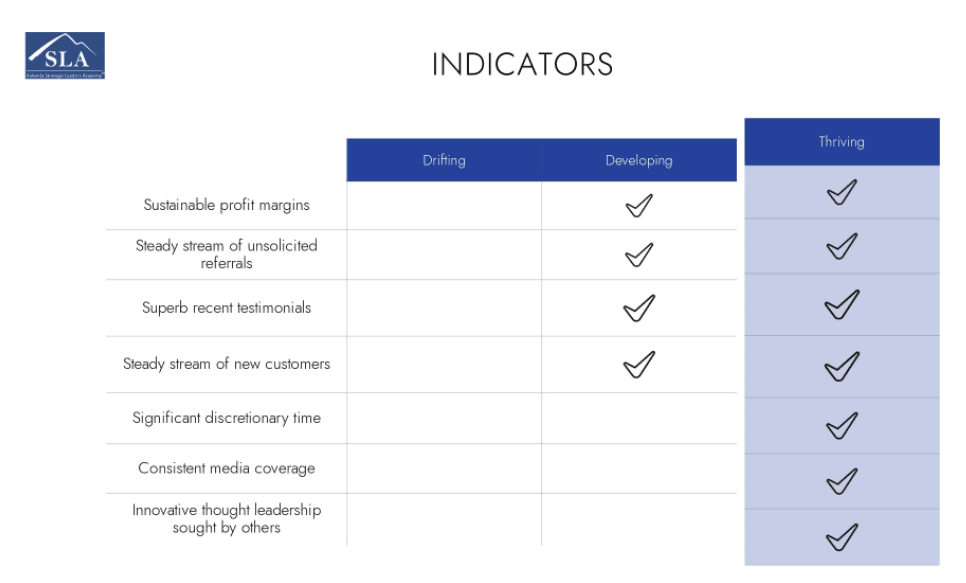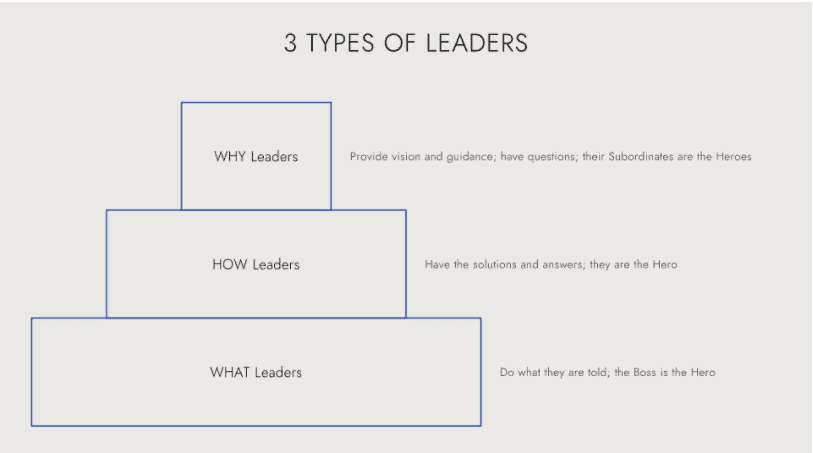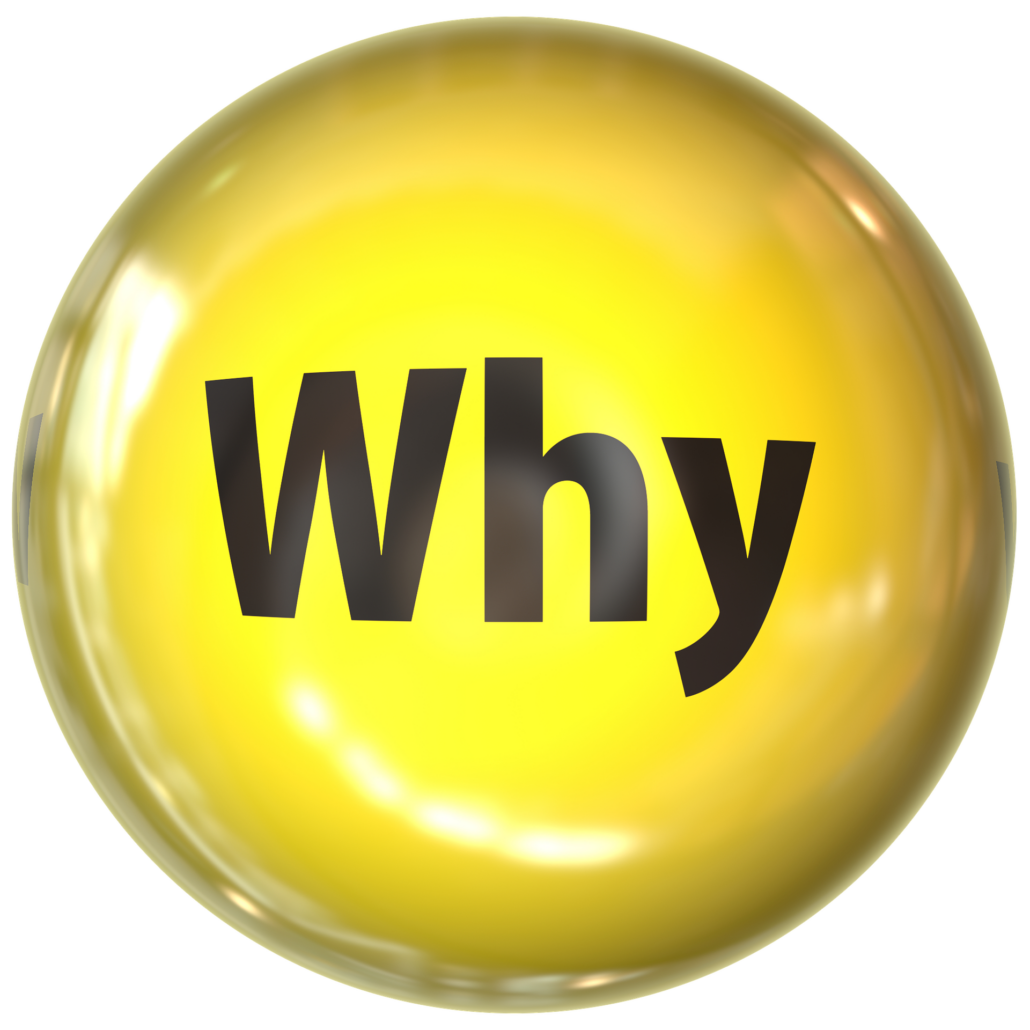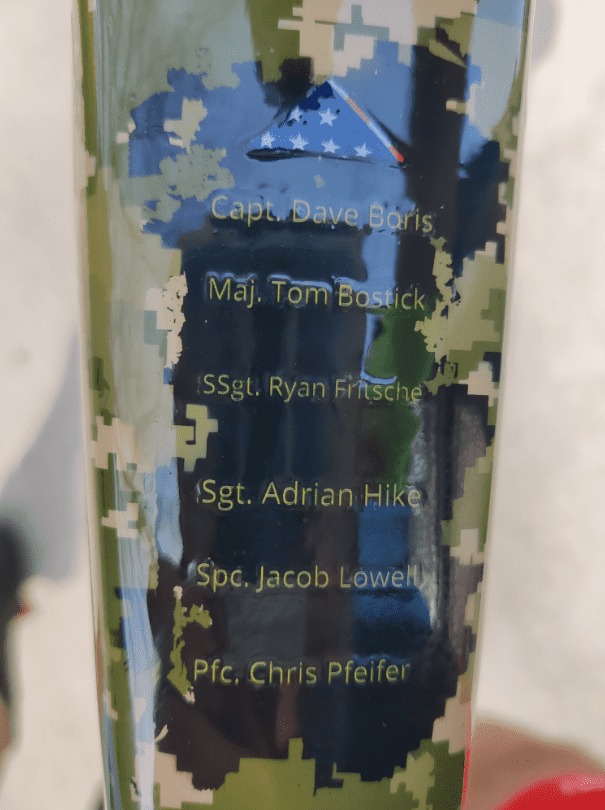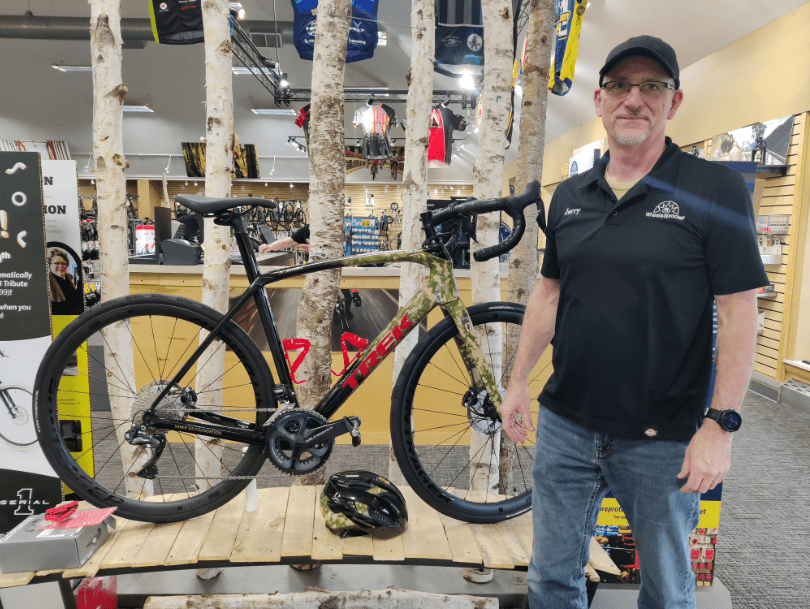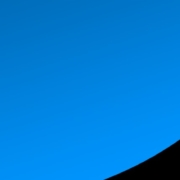January 6 Investigation Reveals that Character is a Habit; What Habits are you Building?
Character, Aristotle said some 2300 years ago, is a habit. It’s the sum total of our daily choices of right versus wrong, responsibility versus convenience, virtue versus selfishness.
He’s a jerk, but he’s our jerk.
She’s a bully, but she gets results.
Character, Aristotle said some 2300 years ago, is a habit. It’s the sum total of our daily choices of right versus wrong, responsibility versus convenience, virtue versus selfishness.
Your character, forged in those daily choices, is revealed in a crisis
It’s no wonder jerks, bullies, creeps, and goofballs never surprise us when the shit hits the fan. You always do you, and they always do them. The habits you form every hour of every day determine your responses long before the moment of truth.
It’s hard to believe that people still fall for the fantasy that you can co-opt a predator, contain a jerk, and reform a bully. That people still wish away a person’s history of disgusting, belligerent, or bigoted behavior simply because they agree with you on something is what keeps petty tyrants in business.
A group of executives from a company approached me about doing leadership training. Their CEO engaged in toxic behavior, and they were looking for a solution. “Have you confronted the CEO about his behavior?” “No,” they replied, “We hope the leadership training will show him the error of his ways.”
Sorry, it doesn’t work that way and never has. Most people want to do well and will change their practices when confronted constructively about off-putting behavior. Addressing the problem right away is always easier than letting it fester. The longer it goes on, the more ingrained it becomes.
Early on, you would only need a minute to address the problem. You do it, and it’s over, or you move on. Letting it fester is more challenging because the longer you avoid the situation, the more you have to face it at work, and every time you look in the mirror. You wake up, and there it is. You go to work, and there it is. You check your phone, and there it is. You get ready for bed, and there it is.
I tried ignoring, accommodating, befriending, and outmaneuvering. I lost every time and even more in anxiety, frustration, and lunch money.
Enabling a bully with power is like boosting the raging river running through a canyon. The grooves don’t become more shallow; they grow deeper.
What are you doing to keep the bullies and jerks from ruining your life and business?
ALSO – I’m thrilled to announce that my book Zero-Sum Victory: What We’re Getting Wrong About War has been named the INDIES 2021 book of the year in the War & Military category.
Want to stay up to date with SLA?
Strategic Leaders Academy (SLA) helps former senior military leaders, combat veterans, and public servants build joyful, meaningful, and profitable consulting businesses that delight their clients.
Sign up for our newsletter, and you’ll never miss a beat.
We work with your organization and leader teams to help you develop your leaders, build a healthy culture, and create a winning strategy. The results include higher employee engagement and ownership in success, reduced employee stress, burnout and turnover, fewer expensive mistakes, and better and more effective execution of your strategy and resilience plans. You get the highest payoff when you have consistent, dedicated support over one year or longer.
Here’s a thought I want to leave you leader’s with:
Describe The Why to your team; Delegate The How-
Describe what to do and what
outcomes you want to achieve.
Let your subordinates figure out how to
do it so they have ownership.
